SpaceX’s Starlink satellite internet service has let the company capture high definition video of its rocket landing on a ship.
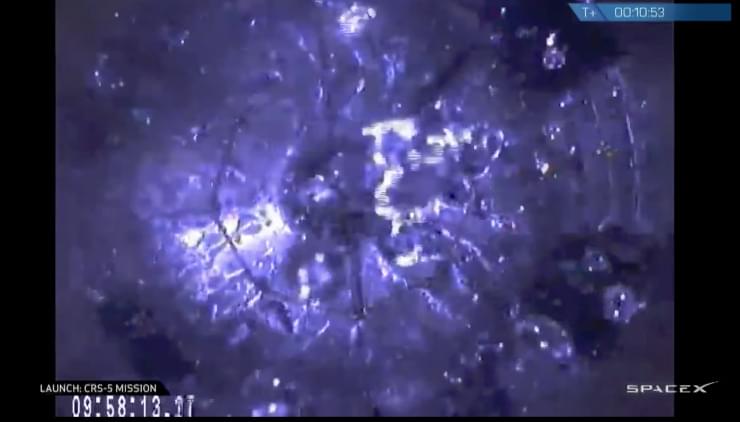

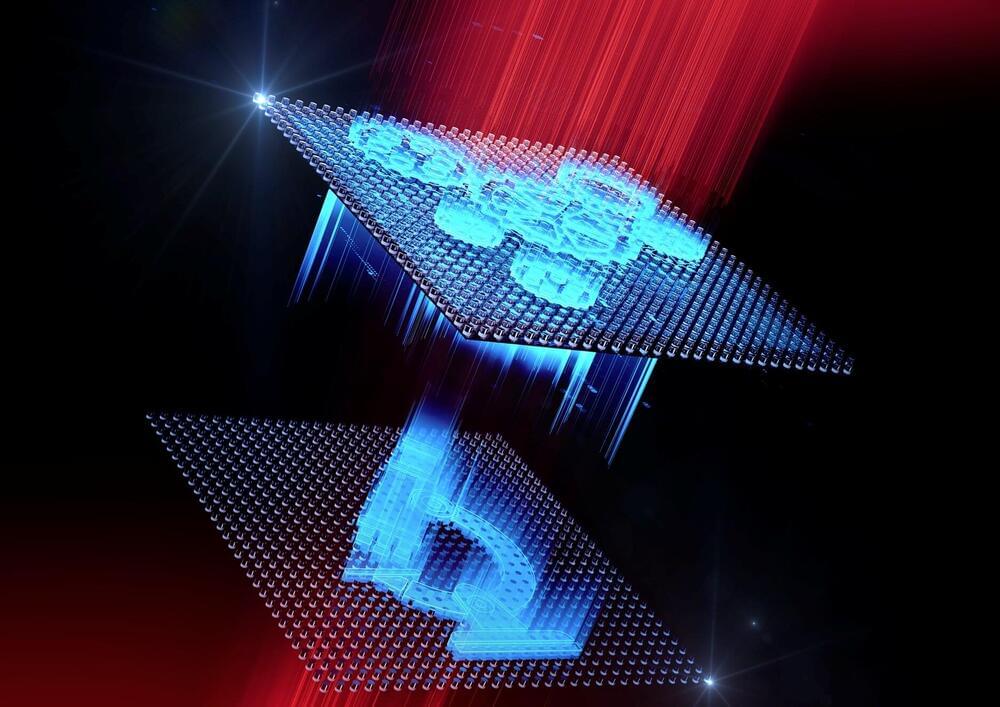
Developed in collaboration with colleagues from China, Germany and Singapore, the new technology uses nanoparticles, so small that about 12,000 of them can fit within a cross-section of a human hair. These tiny particles are arranged into unique patterns on the slides.
Physicists at The Australian National University (ANU) have developed tiny translucent slides capable of producing two very different images by manipulating the direction in which light travels through them.
As light passes through the slide, an image of Australia can be seen, but when you flip the slide and look again, an image of the Sydney Opera House is visible. The pair of images created is just one example of an untapped number of possibilities.
The ability to produce two distinctly different images is possible thanks to the ANU scientists’ ability to control the direction in which light can and can’t travel at the nanoscale. The development could pave the way for new light-based devices that could lead to faster, cheaper and more reliable Internet. It could also serve as the foundation for many of the technologies of tomorrow.

In forthcoming years, everyone will get to observe how beautifully Metaverse will evolve towards immersive experiences in hyperreal virtual environments filled with avatars that look and sound exactly like us. Neil Stephenson’s Snow Crash describes a vast world full of amusement parks, houses, entertainment complexes, and worlds within themselves all connected by a virtual street tens of thousands of miles long. For those who are still not familiar with the metaverse, it is a virtual world in which users can put on virtual reality goggles and navigate a stylized version of themselves, known as an avatar, via virtual workplaces, and entertainment venues, and other activities. The metaverse will be an immersive version of the internet with interactive features using different technologies such as virtual reality (VR), augmented reality (AR), 3D graphics, 5G, hologram, NFT, blockchain, haptic sensors, and artificial intelligence (AI). To scale personalized content experiences to billions of people, one potential answer is generative AI, the process of using AI algorithms on existing data to create new content.
In computing, procedural generation is a method of creating data algorithmically as opposed to manually, typically through a combination of human-generated assets and algorithms coupled with computer-generated randomness and processing power. In computer graphics, it is commonly used to create textures and 3D models.
The algorithmic difficulty is typically seen in Diablo-style RPGs and some roguelikes which use instancing of in-game entities to create randomized items. Less frequently it can be used to determine the relative difficulty of hand-designed content to be subsequently placed procedurally, as can be seen with the monster design in Unangband. For example, the designer can rapidly create content, but leaves it up to the game to determine how challenging that content is to overcome, and consequently where in the procedurally generated environment this content will appear. Notably, the Touhou series of bullet hell shooters use algorithmic difficulty. Though the users are only allowed to choose certain difficulty values, several community mods enable ramping the difficulty beyond the offered values.
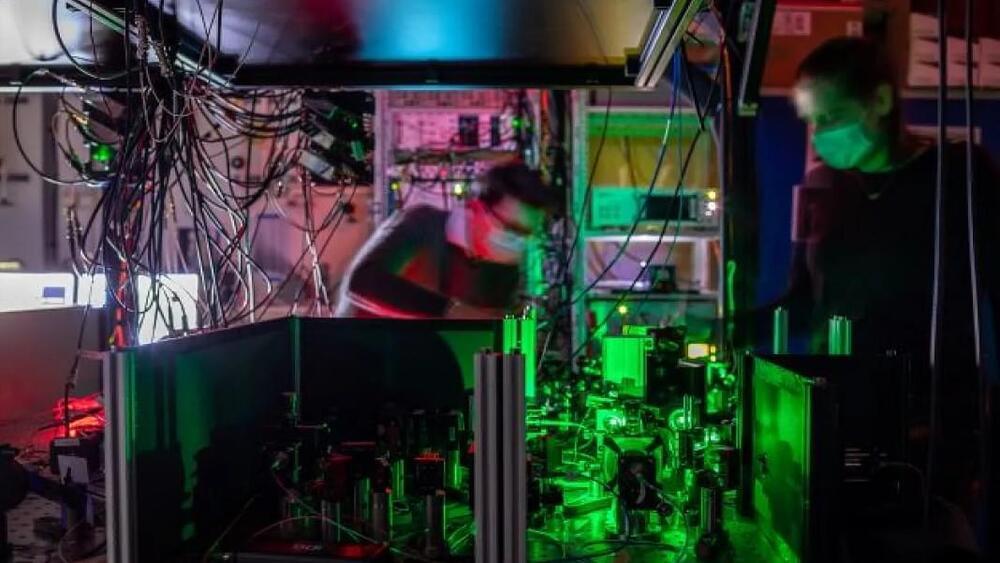
Actually transporting quantum states over significant distances is tricky, though. Researchers have had some success transmitting messages tied up in the quantum states of photons over several hundred miles of optical cables, and also using satellite quantum communication to establish links over even greater distances. But the inevitable signal losses over either mode of communication mean that scaling up to the distances required for a true internet will be tricky.
One workaround is to exploit another quantum phenomenon called teleportation. This works much like the sci-fi concept used in shows like Star Trek, allowing information to be instantaneously transmitted from one place to another, theoretically over unlimited distances. And now, researchers from the Netherlands have provided the first practical demonstration of how this could work.
The team set up three quantum “nodes” called Alice, Bob, and Charlie, which are able to store quantum information in qubits—the quantum equivalent of bits in a computer made from nitrogen vacancy centers. These are tiny defects in diamonds that can be used to trap electrons and alter their quantum state. They then connected Alice to Bob and Bob to Charlie using optical fibers.
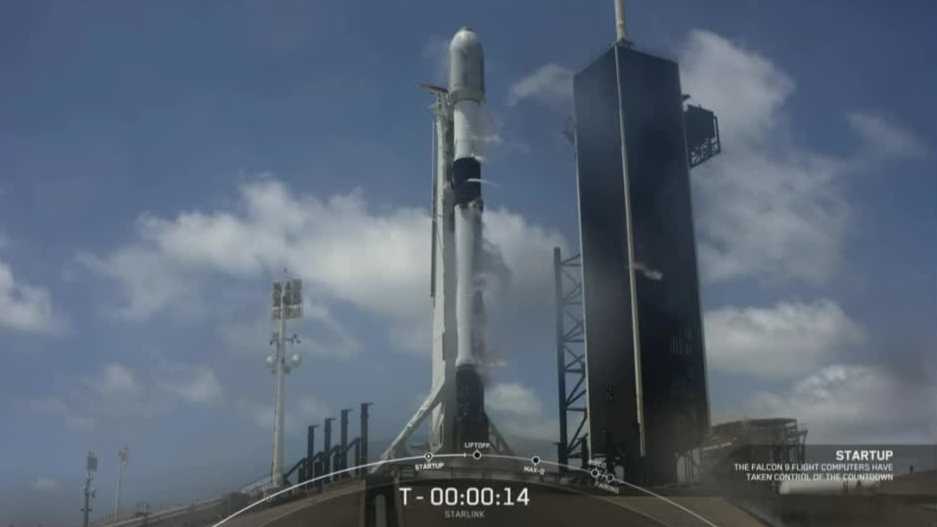

GPT-3 is a neural network machine learning model trained using internet data to generate any type of text. Developed by OpenAI, it applies machine learning to generate various types of content, including stories, code, legal documents, and even translations based on just a few input words. GPT-3 has been getting a lot of attention for the seemingly unlimited range of possibilities it offers. GPT-3 is also being used for automated conversational tasks, responding to any text. So here mentioned the 10 experiments with GPT-3.
Interviewing AI: Using the Chat preset within GPT-3 Playground you can ask the current entity about its personality. And while of your dialog, the GPT-3’s personality emerges. Note that after 2048 tokens there’s a hard cut, and you never will encounter the same personality setting again. It imitates a human person worrying about data privacy.
Doctor’s Assistant: The AI has been fed with patient files, describing their profile and symptoms in a few lines. The AI spontaneously makes suggestions of what the disease could be. GPT-3 got away with an impressive 8 out of 10 correct guesses. This could become amazing support to doctors, and a great tool to investigate.
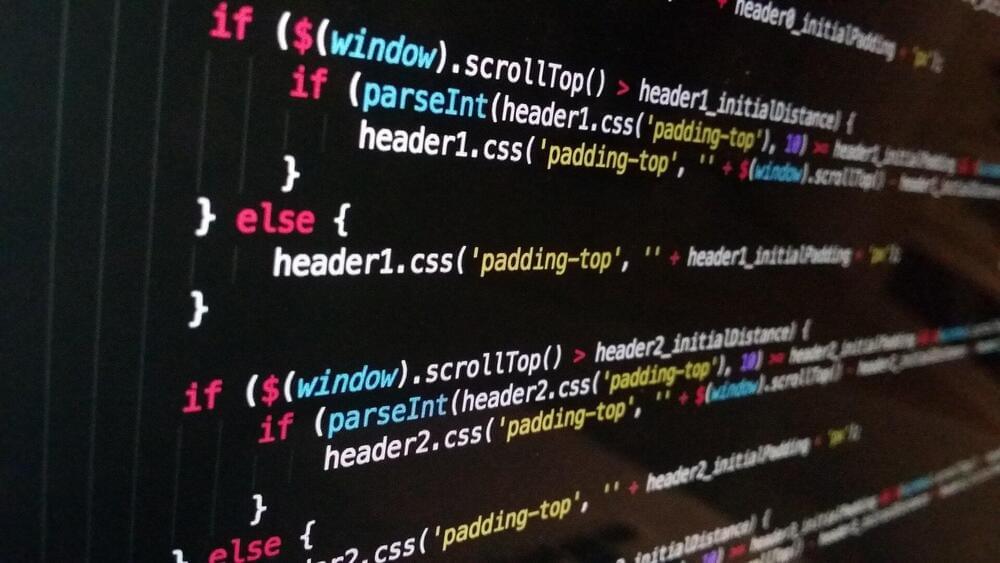
Content management systems or CMSs are the most popular tool for creating content on the internet. In recent years, they have evolved to become the backbone of an increasingly complex ecosystem of websites, mobile apps and platforms. In order to simplify processes, a team of researchers from the Internet Interdisciplinary Institute (IN3) at the Universitat Oberta de Catalunya (UOC) has developed an open-source model to automate the extraction of content from CMSs. Their associated research is published in Research Challenges in Information Science.
The open-source model is a fully functional scientific prototype that makes it possible to extract the data structure and libraries of each CMS and create a piece of software that acts as an intermediary between the content and the so-called front-end (the final application used by the user). This entire process is done automatically, making it an error-free and scalable solution, since it can be repeated multiple times without increasing its cost.

Michael LorreyGates is, famously, the guy who said, “Why would anyone ever need more than 640kb of memory?” and “The internet is a fad.”
2 Replies.
Paul Battista shared a link. Lifeboat Foundation.
The benefits of exercise in a pill? Science is now closer to that goal.
Researchers have identified a molecule in the blood that is produced during exercise and can effectively reduce food intake and obesity in mice. The discovery improves our understanding of the physiological processes that underlie the interplay between exercise and hunger. Scientists from Baylor College of Medicine, Stanford School of Medicine and collaborating institutions reported the findings on June 15 in the journal Nature.
“Regular exercise has been proven to help weight loss, regulate appetite, and improve the metabolic profile, especially for people who are overweight and obese,” said co-corresponding author Dr. Yong Xu, professor of pediatrics – nutrition and molecular and cellular biology at Baylor. “If we can understand the mechanism by which exercise triggers these benefits, then we are closer to helping many people improve their health.”

There are endless possibilities for the creative crafter. And for the more experienced DIY-ers, there’s an even bigger project that’s just waiting to be built for those daring enough to try: How about an entire guest house for your backyard? After an internet frenzy sold out this particular model, the DIY Allwood Solvalla Garden House is back in stock and better than ever.
If you’re not quite ready to move your entire life into a tiny space like this, never fear: You can convert it into a guest home, a studio, garden house, pool house, or truly anything your heart desires. Plus, you can purchase all the parts and instructions on Amazon.
At a mere 172 square feet, the tiny space is compact enough to actually fit but still has enough room to be useful, whether it’s used for storage or for pure fun. In the description, the plans say that this tiny structure can be built in way less than a day—in eight hours, to be exact—when two adults team up for the job.

Qubits are a basic building block for quantum computers, but they’re also notoriously fragile—tricky to observe without erasing their information in the process. Now, new research from the University of Colorado Boulder and the National Institute of Standards and Technology (NIST) could be a leap forward for handling qubits with a light touch.
In the study, a team of physicists demonstrated that it could read out the signals from a type of qubit called a superconducting qubit using laser light, and without destroying the qubit at the same time.
The group’s results could be a major step toward building a quantum internet, the researchers say. Such a network would link up dozens or even hundreds of quantum chips, allowing engineers to solve problems that are beyond the reach of even the fastest supercomputers around today. They could also, theoretically, use a similar set of tools to send unbreakable codes over long distances.